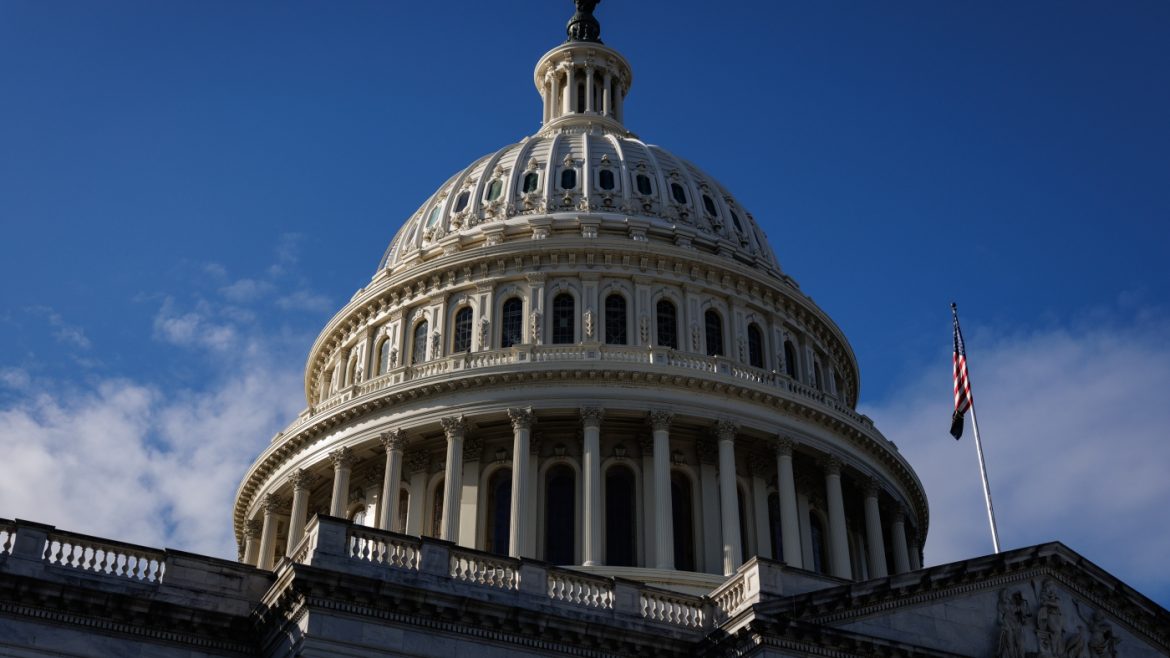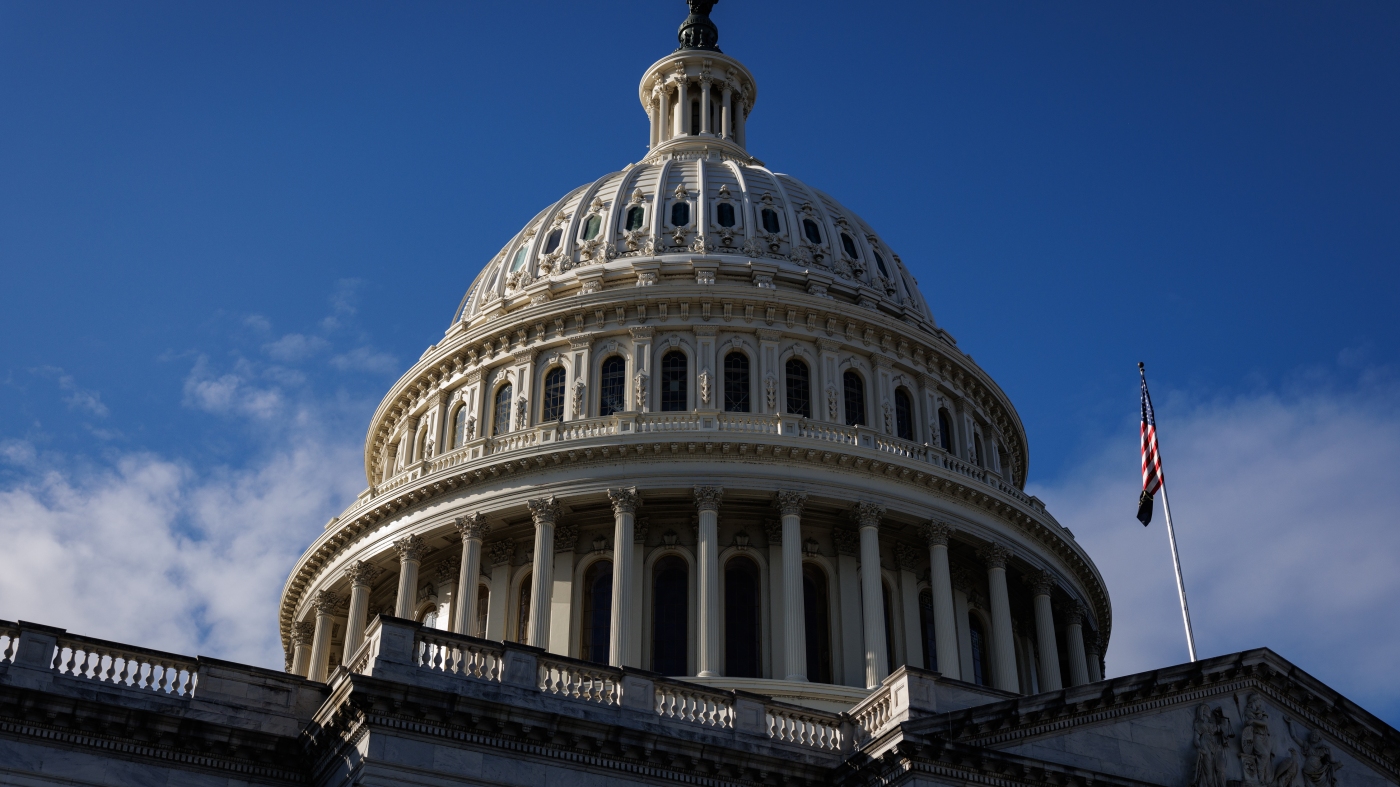The Turmoil Surrounding Federal Workers’ Health Coverage Amid Mass Layoffs and Legal Battles
Federal employees have recently faced a highly unsettling crisis involving the loss and disruption of health insurance coverage during a period marked by rapid workforce downsizing and contentious legal disputes. This report delves into the multifaceted challenges related to health insurance for fired, rehired, and laid-off federal workers, examining how these events unfolded, the implications for affected employees, and the available options to preserve coverage amid uncertainty.
The Context of Mass Layoffs and Health Coverage Disruptions
Under the Trump administration, sweeping efforts to reduce the federal workforce led to numerous firings, reinstatements, and subsequent dismissals, particularly within agencies like the Department of Commerce. Employees caught in this turmoil were often told that their health insurance would continue uninterrupted despite employment changes. However, the reality proved far different. Reports from NPR, CNN Politics, and local news organizations revealed that many federal workers experienced unexpected lapses in their Federal Employee Health Benefits (FEHB) coverage, even while continuing to pay their premiums.
The chaos was compounded by confusing communication from insurers and government offices. For example, Aetna, a major health insurance provider for federal workers, acknowledged that fewer than a dozen federal employees had trouble recovering their coverage promptly, highlighting systemic challenges even among large insurers. This disarray left numerous workers and their families suddenly uninsured, forcing them to confront the daunting reality of losing critically needed health benefits.
The Impact of Terminations and Reinstatements on Coverage
Federal employees who were terminated, then reinstated only to be fired again, are the most striking examples of how policy inconsistencies can produce harm. These oscillations in employment status jeopardized their access to continuous health care, creating emotional and financial strain. Insurance coverage often ceased weeks after termination, contradicting promises that coverage would persist during legal challenges over firings.
Local news outlets such as OPB underscored the human toll, reporting on families scrambling to manage medical care without insurance. These developments revealed gaps between government assurances and administrative follow-through, illuminating the precariousness of health insurance for federal personnel in politically charged downsizing efforts.
Navigating Health Insurance After Federal Job Loss
Federal employees losing their jobs face a complex array of health care coverage options, each with notable trade-offs and costs:
– Temporary Continuation of Coverage (TCC): Unique to federal workers, TCC allows continued FEHB benefits for up to 18 months post-employment. However, the financial burden increases substantially, as employees must pay both their share and the government’s portion plus a 2% administrative fee. For example, an individual employee may see monthly premiums rise from about $251 to $915, while family coverage premiums can escalate from roughly $602 to over $2,100. This steep rise often hampers affordability despite the retention of benefits.
– COBRA (Consolidated Omnibus Budget Reconciliation Act): This federal law permits continuation of group health insurance coverage by paying full premiums plus administrative costs, but it generally applies to private-sector plans. Federal employees can elect COBRA as an alternative but face similar cost challenges. Unlike TCC, COBRA’s benefits duration and eligibility vary by employer and circumstance, complicating federal workers’ decisions.
– Marketplace Plans and Medicaid: After job loss, employees may qualify for Special Enrollment Periods to purchase insurance through ACA marketplaces or enroll in Medicaid or CHIP if eligible. These alternatives might offer more affordable options but require navigating application processes and possible coverage transitions.
Systemic and Economic Consequences
The instability in federal worker health coverage intersects with broader economic and social challenges. Small towns reliant on federal agencies, like Hamilton, Montana, bear ripple effects from layoffs and funding cuts, as diminished workforce and health insecurity combine to threaten local economies.
Moreover, the Government Accountability Office (GAO) has previously identified inefficiencies and billions of dollars wasted within federal health insurance programs, highlighting a need for improved oversight and streamlined administration. Yet, current events suggest that even existing protections such as FEHB and TCC are vulnerable to political fluctuations and management gaps, exposing millions of federal workers to health coverage insecurity.
Steps for Affected Employees and Policymakers
Federal workers impacted by layoffs should carefully review FEHB plan brochures to understand their coverage options and deadlines. Timely election of TCC or other continuation benefits is vital to avoid coverage gaps. Additionally, workers should seek advice from human resources offices and insurance providers to confirm enrollment status.
From a policy perspective, clearer communication, improved coordination between agencies and insurers, and safeguards to ensure continuous coverage despite employment disputes could alleviate hardship. There is also a call for legislative efforts to better protect federal employee benefits amid workforce restructuring.
Conclusion: Health Coverage at a Crossroads for Federal Workers
The recent upheaval in federal employee health insurance amid mass layoffs unveils a troubling gap between administrative promises and practical realities. Unexpected lapses in coverage, escalating costs under continuation programs, and the complexities of navigating alternative health insurance choices have left many federal workers and their families vulnerable at a time of professional upheaval. As these workers grapple with the fallout, there is an urgent need for enhanced policy clarity and supportive measures to ensure that those who serve the public do not suffer avoidable health insecurity. The evolving saga of federal health coverage underscores the delicate balance of workforce management, benefits administration, and human dignity in government employment.


